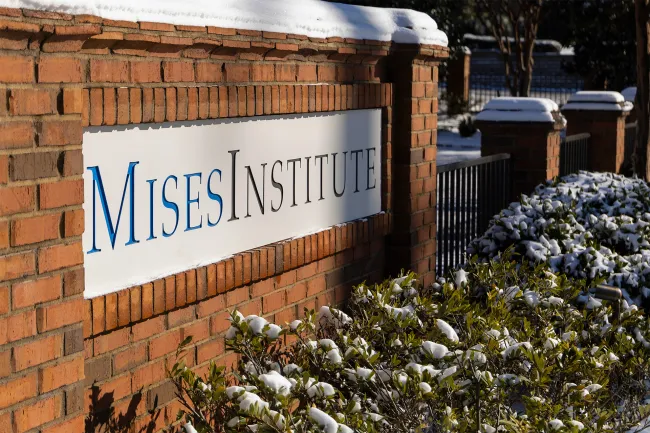- Downloads:
- Gold Is Money_3.pdf
This book summarily rejects the statist monetary orthodoxy. Its nine writers are in full agreement that money is not the product of a legislative act, but the inevitable result of man’s division of labor and exchange economy. Wherever enterprising men seek to exchange their goods and services for more marketable goods that facilitate further exchanges for other goods, the precious metals, especially gold, are most suited to serve as money. The writers are aware that for some 2,500 years small pieces of gold and silver, called coins, constituted universal money. It survived two millennia in spite of countless attempts by hosts of governments to manipulate it or replace it with their own media. They are convinced that gold will soon return as universal money and prevail long after the present rash of national fiats is forgotten or relegated to currency museums.
The essays of this collection are the product of a lecture series given at Grove City College during the 1973 Spring Semester.

No content found

Hans F. Sennholz (1922-2007) was Ludwig von Mises’s first PhD student in the United States. He taught economics at Grove City College, 1956–1992, having been hired as department chair upon arrival. After he retired, he became president of the Foundation for Economic Education, where he served from 1992-1997. He was an adjunct scholar of the Mises Institute, and in October 2004 was awarded the Gary G. Schlarbaum Prize for lifetime defense of liberty.
Few people are aware of what the Federal Reserve System, acting on behalf of the U.S. Government, is doing to their money, writes Hans Sennholz.
What the witch was to medieval man, what the capitalist is to socialists and communists, the speculator is to most politicians and statesmen: the embodiment of evil.
The American economy could not recover from legislative onslaughts by both the Republican and then the Democratic administrations. Individual enterprise, the mainspring of unprecedented wealth, didn't have a chance.
Greenwood Press, Westport, Connecticut, 1975

